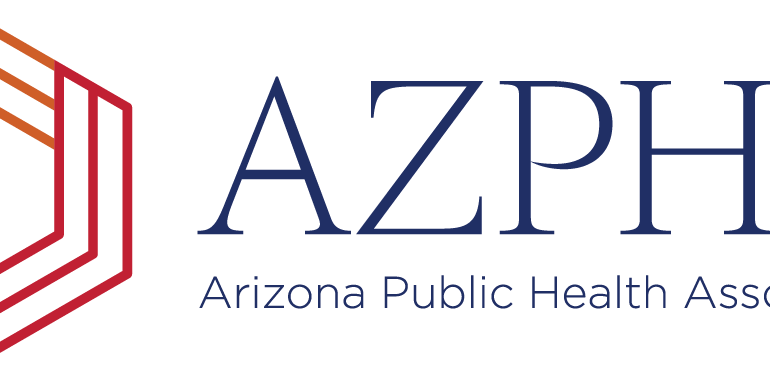For the last 20 years, all Americans have been getting ripped off by pharmaceutical companies. The heist began when a prescription drug benefit was added for Medicare enrollees (Medicare Part D). Drug company lobbyists made sure Congress wrote the law to prohibit Medicare from negotiating drug prices.
As a result, Medicare pays 300% more for prescription drugs than in Europe or Canada, and close to 10x higher than in developing nations. That means every American who gets a paycheck is paying way more than necessary for prescription drugs.
We’re ALL being scammed, not just Medicare beneficiaries, because Medicare is financed with a (regressive) payroll tax.
Medicare Part D is financed by Medicare Trust Fund payroll tax revenue (71%), Part D premiums (17%) and state payments for people dually eligible for Medicare and Medicaid (12%). Employers & employees each pay a 1.45% tax on wages up to $200,000 (2.9% total) into the Trust Fund. Individuals (not employers) pay a 0.9% tax on income above $200,000 per year (no upper limit).
Because Medicare is paid for by a payroll tax, everybody who earns a paycheck is getting ripped off by drug companies- even if they’re not enrolled in Medicare and even if they don’t even take prescription drugs!
Negotiations are currently underway in DC to include reform of drug pricing through the budget reconciliation process. The details of the negotiations are being kept under tight wraps, but last October a negotiated compromise had been circulating that would make some modest prescription drug pricing reform (although it was watered down from the President’s proposal).
Previous AzPHA Blog Posts:
- Congress Should Seize the Day and Finally Pass Popular Drug Pricing Reform
- Critical Moment for Prescription Drug Price Relief
The plan that was shopped around last October would have reduced some out-of-pocket costs for seniors enrolled in Medicare Part D, but the Medicare Trust Fund will continue to be fleeced.
Here’s a summary of what the weakened October 2021 compromise bill included:
The first changes would come in 2023 when there will be a limit on annual price increases for existing drugs and out-of-pocket cost limits for insulin for Medicare beneficiaries.
There would be modest penalties if companies raise prices faster than inflation. The formula for penalties will consider prices charged to private health insurance to prevent them from shifting exorbitant prices to private health insurance.
In 2023, Medicare enrollees with diabetes would only have to pay $35 monthly copays for all insulin products covered by their prescription plan. People with private insurance would be able to also have their insulin co-pays capped a $35 copay.
Note: This policy will help the actual patients but will raise private health insurance premiums because the actual price that the drug companies charge health plans will continue to be unreasonable.
In 2024, there will be a cap on out-of-pocket costs for people enrolled in Medicare Part D (the prescription drug part of Medicare). The people that will benefit the most from the out-of-pocket caps will be folks with cancer, diabetes, multiple sclerosis, rheumatoid arthritis, and those who take combinations of expensive medicine for complicated health problems. Out-of-pocket caps would be $2,000 a year (the current annual out-of-pocket average for Part D people is $3,200 (2019).
A year later (2025), Medicare would FINALLY begin to be able to negotiate price with drug companies on a handful name-brand drugs, but drug companies will still be able to set launch prices for new meds. Medicare would only be able to negotiate the price for 10 drugs that year. The number of medicines with negotiated prices would slowly grow over time reaching 100 in several years.
For the 10 drugs that would be able to be negotiated under last October’s proposal, there will be a ceiling on the Medicare price that’s 60% of the existing market price. If the drug manufacturer doesn’t accept the negotiated price, the federal government can take up to 95% of the gross receipts from all sales (not just Medicare). But remember, this provision only applies to 10 of the thousands of drugs Medicare covers.
The drug company lobbyists were able to get to certain members of the Senate to get huge concessions on what would have otherwise been a strong bill:
- Drug companies will still be able to set launch prices for new meds under Medicare;
- Drug companies were able to limit the number of drugs whose prices can be negotiated (10 drugs beginning in 2025, but slowly increasing to more drugs over the years);
- Numerous super-expensive medications are exempt from negotiation (half of the top 25 Medicare drugs care can’t be on the negotiation list); and
- The first negotiation start date was pushed back several years (to 2025).
The October ’21 proposal didn’t use drug prices in the G7 nations as Medicare’s yardstick (greatly weakening the ability of Medicare to use overseas drug costs as a yardstick to compel honest negotiations).
The negotiations last October would have achieved tepid pricing reform. Not what we could have achieved, but it’s better than nothing.
